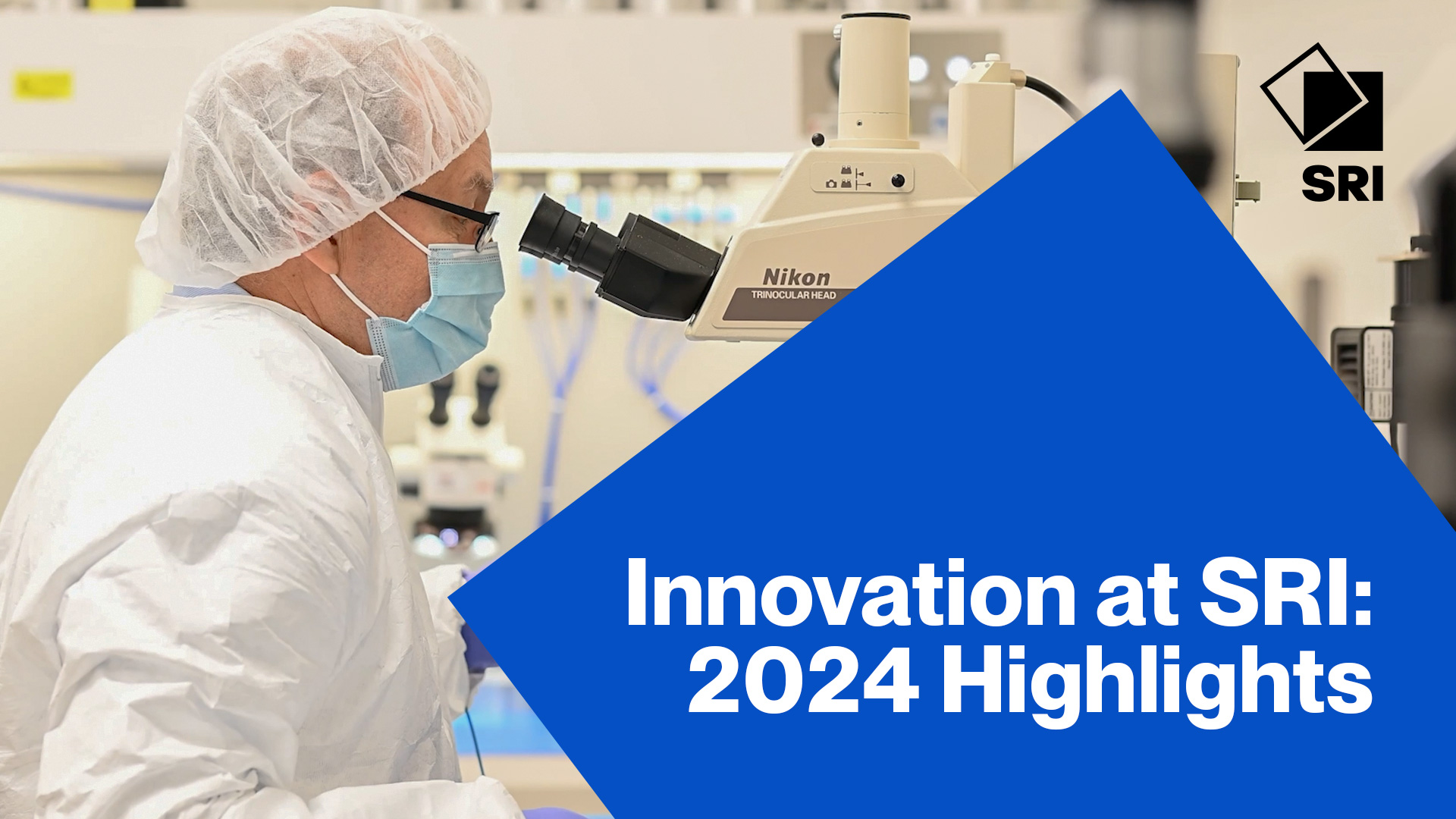Citation
Kiesel, P.; Martini, J.; Johnson, N. M.; Recht, M. I.; Bern, M. W. Opto-fluidic detection system enabling sophisticated point-of-care diagnostics. Invited Seminar, Stanford Optical Society, Stanford University; 2012 April 5; Stanford, CA USA.
Abstract
The strategic landscape for biological and biomedical testing is undergoing a truly disruptive transformation. Today the majority of tests are performed at major, centralized clinical laboratories since compact, robust, and inexpensive instruments for point of care (POC) testing are not available. The principal drivers for POC testing are reducing costs, obtaining timely test results, lowering mortality rates, and reducing morbidity. We have demonstrated and prototyped a new optical detection approach that delivers high signal-to-noise discrimination without complex optics, expensive detectors or bulky excitation sources. It therefore enables a truly compact and low-cost microfluidic-based instrument that can be used for diagnostics on whole blood or other complex fluids. The enabling technique is termed spatially modulated emission and generates a time-dependent signal as a continuously fluorescing bio-particle traverses a predefined pattern for optical transmission. Correlating the detected signal with the known pattern achieves high discrimination of the particle signal from background noise. The detection technique has been evaluated with measurements of CD4+ lymphocytes in human blood, which is required for initiation and monitoring the treatment of HIV-infected patients. The technique has been benchmarked against a commercial instrument and excellent agreement for both absolute CD4 and percentage CD4 has been demonstrated. More recent experiments showed that our detection platform can address a large variety of diagnostic needs including multiplexed bead-based assays (ELISA on-the-flow) and identification and enumeration of pathogens (e.g., Giardia, Cryptosporidium and E.Coli) in fluids.


